
Joel Katz is in his 26th year with the March of the Living. He recalls from childhood what his parents—and especially his father, a U.S. Army liberator and Holocaust educator—taught him about the Holocaust: to never forget and to always remember the 6 million who were murdered.
In 1996, Dr. Chaim Lauer, then-executive director of the Greater MetroWest Jewish Education Association, invited him to join the New Jersey March of the Living, but he had a conflicting commitment. However, Katz did join on the next journey in 1998 and again in 1999. In 2000, he became the regional director for the New Jersey/New York region, expanding later to include Pennsylvania and New England. Since then, he has gone every year, 24 and counting, certainly fulfilling the counsel of his father.
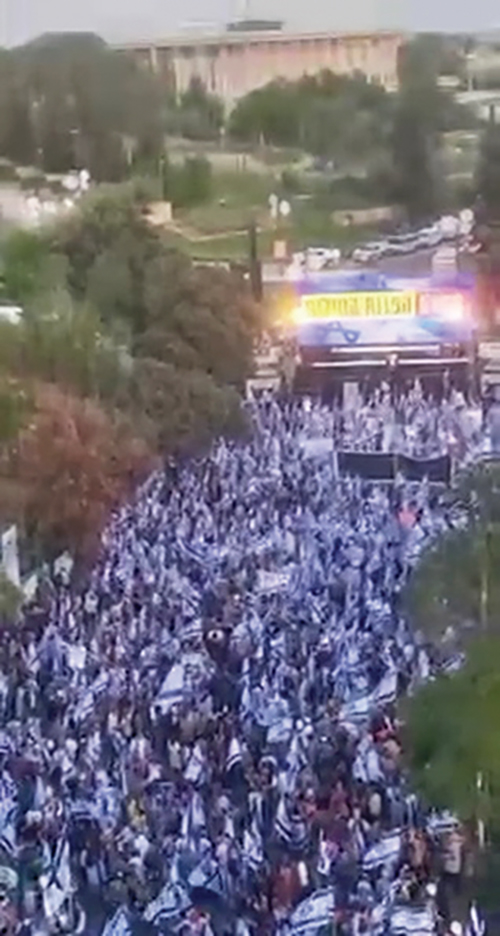
Katz shared: “We all walk through history, touch history, and we learn as is stated on the plaque inside Bunk 5 in Auschwitz by the Greek philosopher George Santayana: ‘Those who forget the past are condemned to relive it.’ These children walk through the past, so when confronted by the deniers, they have a personal statement they can make. ‘I was there. I touched it. I heard stories. I walked the walk. I talked the talk.’ And as they go on in life, they’ve never forgotten the experience.”
The March of the Living (MOTL) embodies an extensive mission statement. The mission includes the objective of paying tribute to the courage of those who survived the Holocaust and rebuilt their lives despite the haunting memories of the past. MOTL takes up the banner to be the bearers of their memories, witnesses for the witnesses, and to never again allow the rising menace of antisemitism to go unchecked. Other components of the mission are to acknowledge and learn from the righteous rescuers, and to remember the millions of other innocent victims of Nazi Germany’s genocidal atrocities during World War II. Further, the goals of the program are to familiarize students with what Jewish life was like in Europe before and during the Holocaust, and to learn about and apply the principles of tikun olam and of the global communal Jewish mission to be a “light unto the nations.”
Adding substance to the mission are some guiding principles: derech eretz, “v’ahavta l’rayecha kamocha,” and the words of Elie Wiesel: “When you listen to a survivor, you become a survivor,”
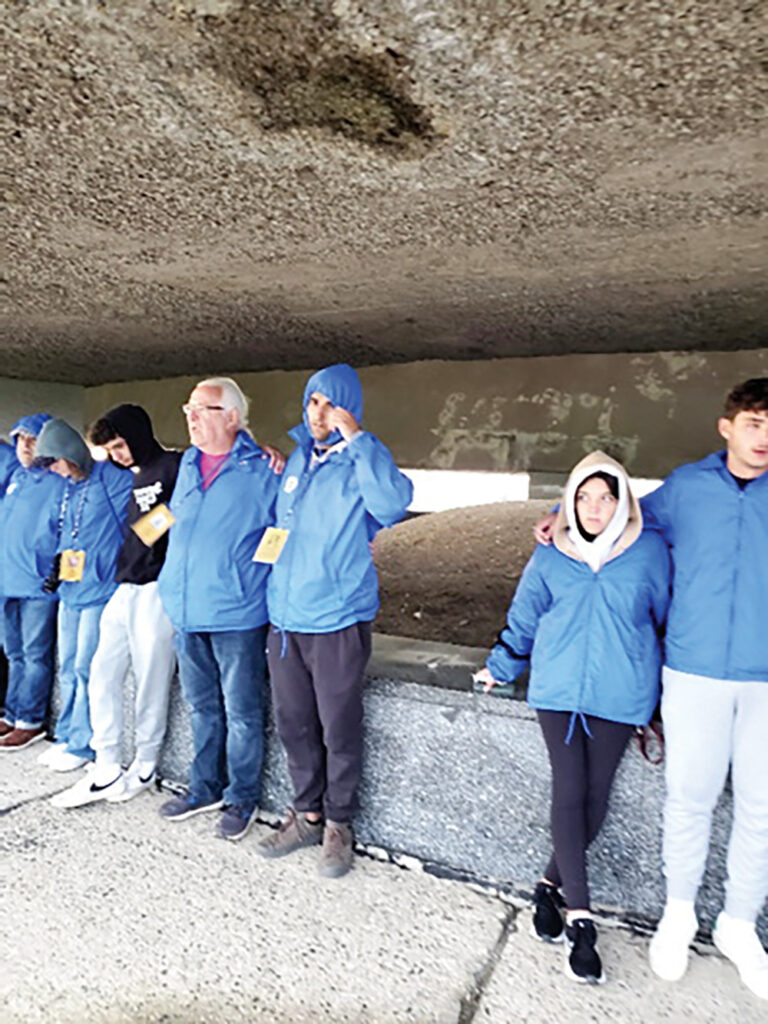
Katz shared some of the highlights of a typical MOTL journey. “On each trip we have been fortunate to have a survivor with us, and sometimes we were fortunate to have two and three generations. Their presence allows participants to interact with a survivor and walk with them through the camps. The survivors share their stories and firsthand experiences. On some of the trips our survivors took us to their hometown; some even took us to the very bunk and the actual bed that they used, whether it was Majdanek or Auschwitz-Birkenau, or in Treblinka, Chelmno and Plaszow.
“Our first week we travel in Poland with a survivor, walking through the remnants of the Holocaust, visiting five concentration camps, and experiencing Yom HaShoah by walking out of Auschwitz to Birkenau. The second week is spent in Israel, observing Yom Hazikaron with families who have lost soldiers in any of the Israeli wars, and then we celebrate Yom Ha’Atzmaut, singing and dancing through the city of Jerusalem.
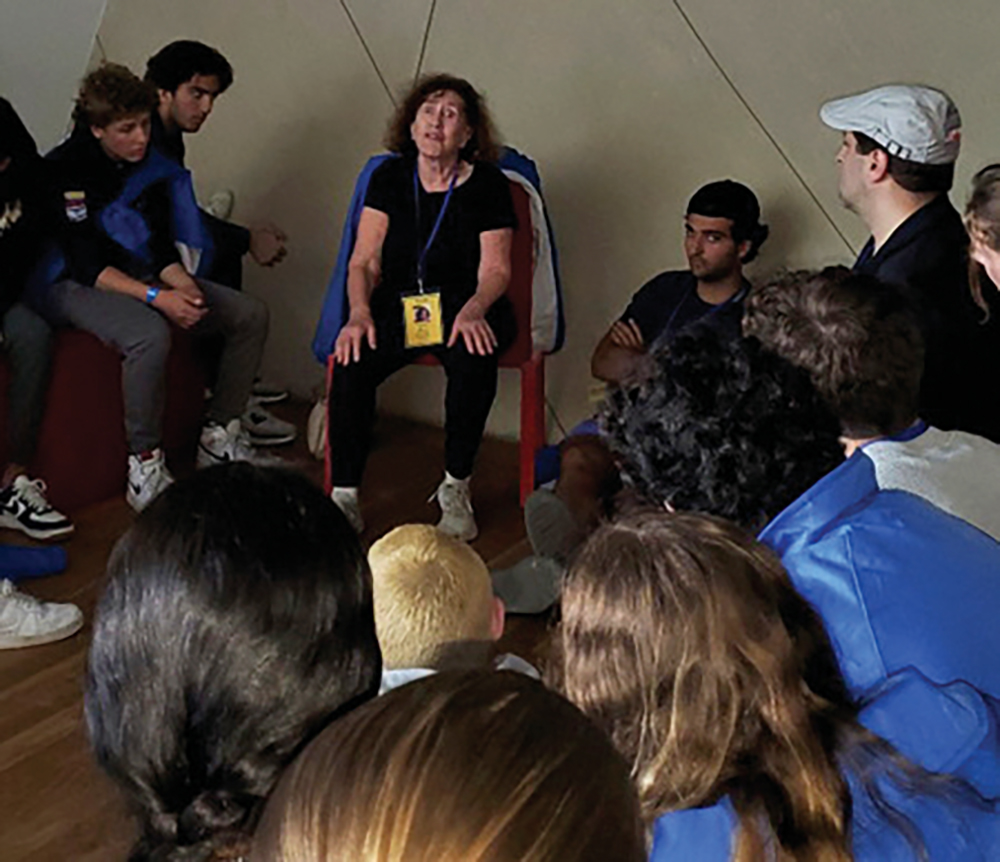
“Jewish youth who represent our future, as well as the adults who join us, are afforded the opportunity to learn from those who were actually there, to hear about their experience and to pay tribute to the courage of those survivors,” Katz said. “Equally powerful is hearing about how survivors rebuilt their lives despite the haunting memories of the past, and the importance of encouraging these Jewish teens to become the bearers of survivors’ memories, as ‘witnesses for the witnesses.’”
MOTL also implores participants to carry their experience forward following the trip and bring it into action by continuing to learn via the abundant media options available, by speaking or writing about it, and visiting Israel repeatedly.
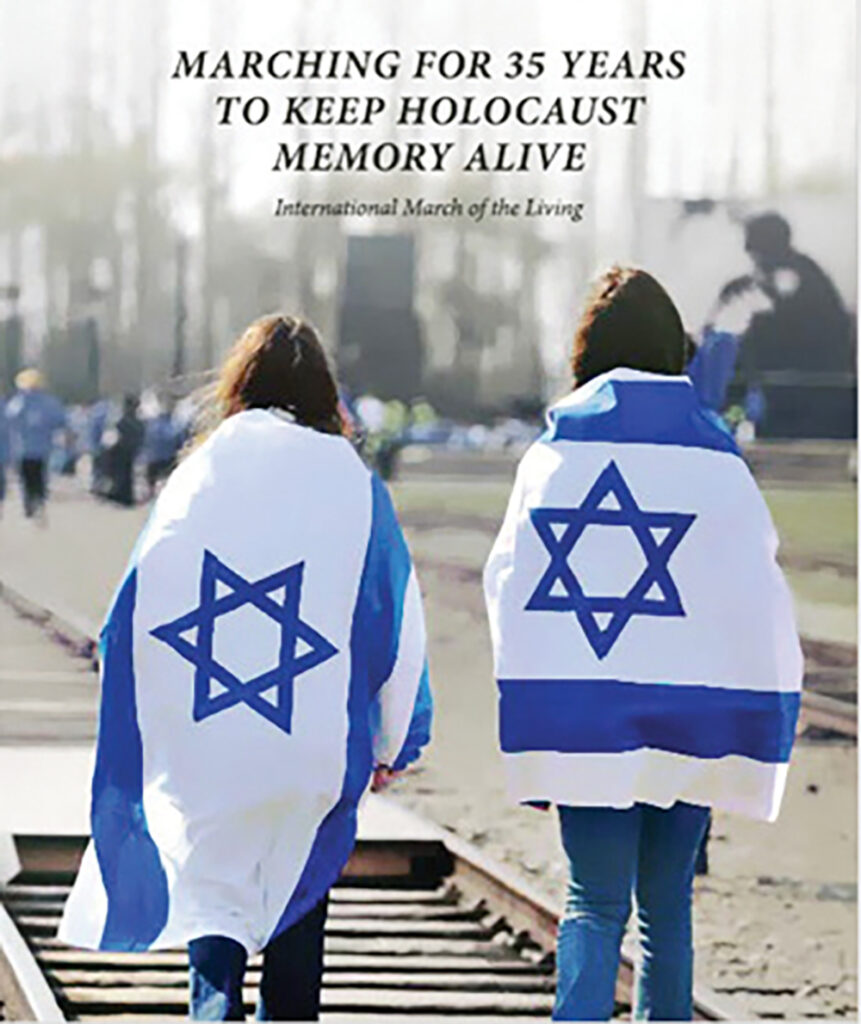
Katz publishes an extensive weekly newsletter to the MOTL alumni in his region, now numbering over 1,400. His Erev Shabbat posts include March of the Living updates, news and links related to the Holocaust, worldwide antisemitism, Israel and the Jewish community. He also notes with gratification that upcoming programs include children of some MOTL alumni. So when we speak of generations, we can now also include first- and second-generation MOTL alumni, thus broadening the base of witnesses.
Katz added that in addition to participants recalling the millions of innocent victims, they also learn about the altruistic actions of the “righteous gentiles” who teach us how not to be a bystander in the face of oppression, but to be an upstander instead. Of personal importance to him, of course, is raising awareness of and honoring the heroic allied troops and partisan fighters who waged battle to liberate Europe from the hands of Nazi tyranny.
“Given the Jewish people’s historic experience of persecution, our tradition teaches that the Jewish people have a special responsibility to oppose intolerance: ‘Love the stranger because you were once strangers.’ [Deuteronomy 10:19]
“We also instill a thorough understanding of the importance of the existence of Israel as the spiritual center and homeland of the Jewish people. By developing a love for the people of Israel and an appreciation of the hardships and sacrifice endured by her citizens, and despite the devastation of the Holocaust, we demonstrate that Jewish people never abandon their belief in building a better tomorrow.” Against all odds, he explained, this attitude is what drove the establishment of the State of Israel: “the hope and future of the Jewish people.”
Katz continued: “Upon our return I am in touch with all our marchers to help with their re-entry. I maintain contact with the marchers. In several communities, we set up mini reunions and share pictures.”
As the regional director, Katz is totally responsible for all details: itinerary, curriculum, staffing and every aspect of the program. Work with the participants begins months before departure, including classes and information sessions to help prepare them. “We review pre-World War II history and the vibrant Jewish communities of Eastern Europe. We teach about how, when and where the war began.” He explained that they also cover Middle Eastern history and pre-independence Israel. The participants are given books to read and movies to watch prior to beginning the trip.
“I provide a journal for each participant that includes a bio of our educators and the survivor who will be on the trip; the itinerary; information about every camp, ‘shtetl,’ ghetto and community we visit in both countries. There are readings and poems, some from previous marches, that we recite during the trip.”
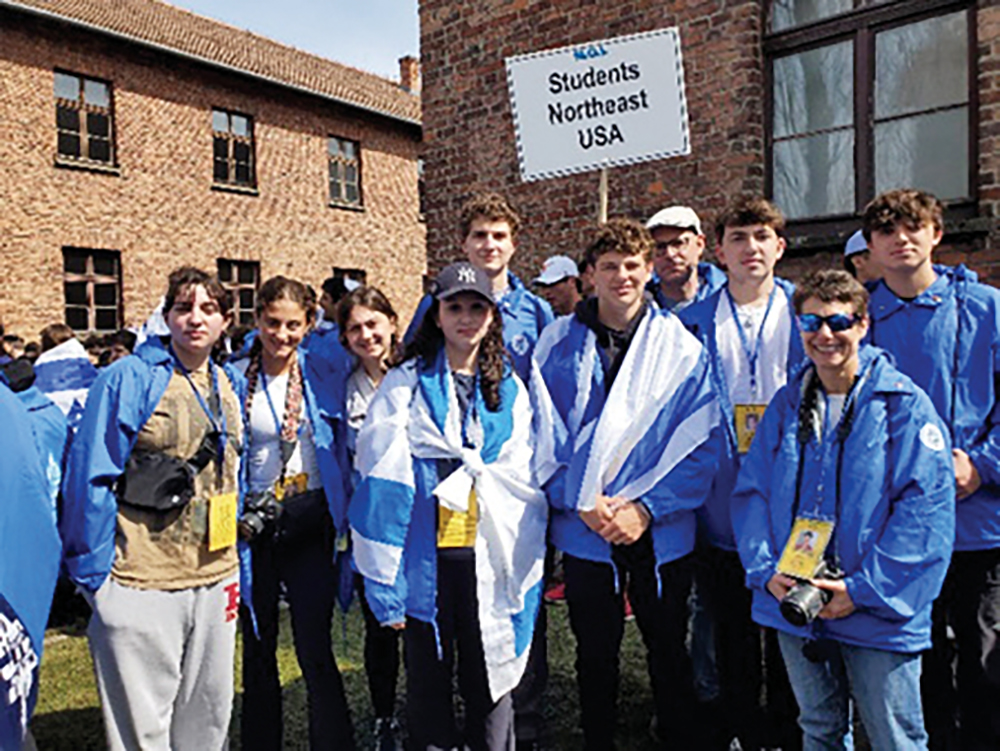
Lisa Halperin, a parent who joined as a chaperone, with her son, Evan, on the 2023 journey, shared some of her personal reflections. “The Israel portion of the trip is as integral a part as Poland. Going from Poland, where we focused on atrocities perpetrated, and then traveling to our homeland as Jews was exhilarating. Not only was it wonderful to be in Israel, but we were able to celebrate both Yom Hazikaron and Yom Ha’Atzmaut with Israeli communities.
“I originally wanted to go on the March of the Living to see the concentration camps for myself and to be able to have that experience with [others] who went on the trip. I can now tell you that the March of the Living is about so much more than the concentration camps, and the entire trip completely exceeded my expectations.”
Significantly, Katz notes that they have tracked MOTL student participants, finding that 83% return to Israel whether it’s a gap year, Masa, Birthright, other organized summer trips or just on their own.
Katz noted that the international MOTL organization always reaches out to all Jewish communities. However, in the northeast United States, with its sizable Jewish population, many yeshivot take their students at different times of the year as part of their school’s curriculum.
“But I feel they greatly miss the klal Yisrael opportunity that the March on Yom HaShoah and the parade on Yom Ha’Atzmaut have to offer. Joining with our Jewish brothers and sisters from 52 countries is special and builds achdut and a strong feeling of commitment for Medinat Yisrael. I hope that moving forward, all our yeshivot and day schools will consider joining us; each on their own buses with their own teachers, educators and possibly even survivors from their families. Together we all march out of Auschwitz, now as the third and fourth generations descended from survivors,” in bold defiance of their attempts to annihilate us.”
The cost for the two-week trip from JFK airport is $7,130 for students in 10th to 12th grades, and $7,330 for adult double occupancy. Young adults and college students are also welcome. The 2024 trip will be the 36th March of the Living and take place next spring, May 1-15, immediately following Pesach.
Registration is now open and space is limited. For information or to register, contact Joel Katz at MOTLJDKatz@gmail.com or call 973-632-9035.









